5 Great Funds to Protect Yourself in Down Markets
You don’t have to be Sir Isaac Newton to know that in investing, as in physics, what goes up must come down.


You don’t have to be Sir Isaac Newton to know that in investing, as in physics, what goes up must come down. If your portfolio is full of stock mutual funds that have launched into the stratosphere over the course of the bull market, no one would blame you for searching the sky for rapidly descending apples. The potential headache: A 50% decline in an investment requires a 100% gain just to break even.
Mutual funds can’t repeal the laws of physics. But over full market cycles, they can beat their benchmarks—even if they trail them during bull markets—by playing good defense when it counts. Here are five funds that have stood out over the long term by losing less during down markets.
Returns and other data are as of April 20. Click on ticker-symbol links in each slide for current prices and more. The benchmark for all of the funds except Janus Small Cap Value is Standard & Poor’s 500-stock index, which lost 18.6% during the 2011 stock market correction.
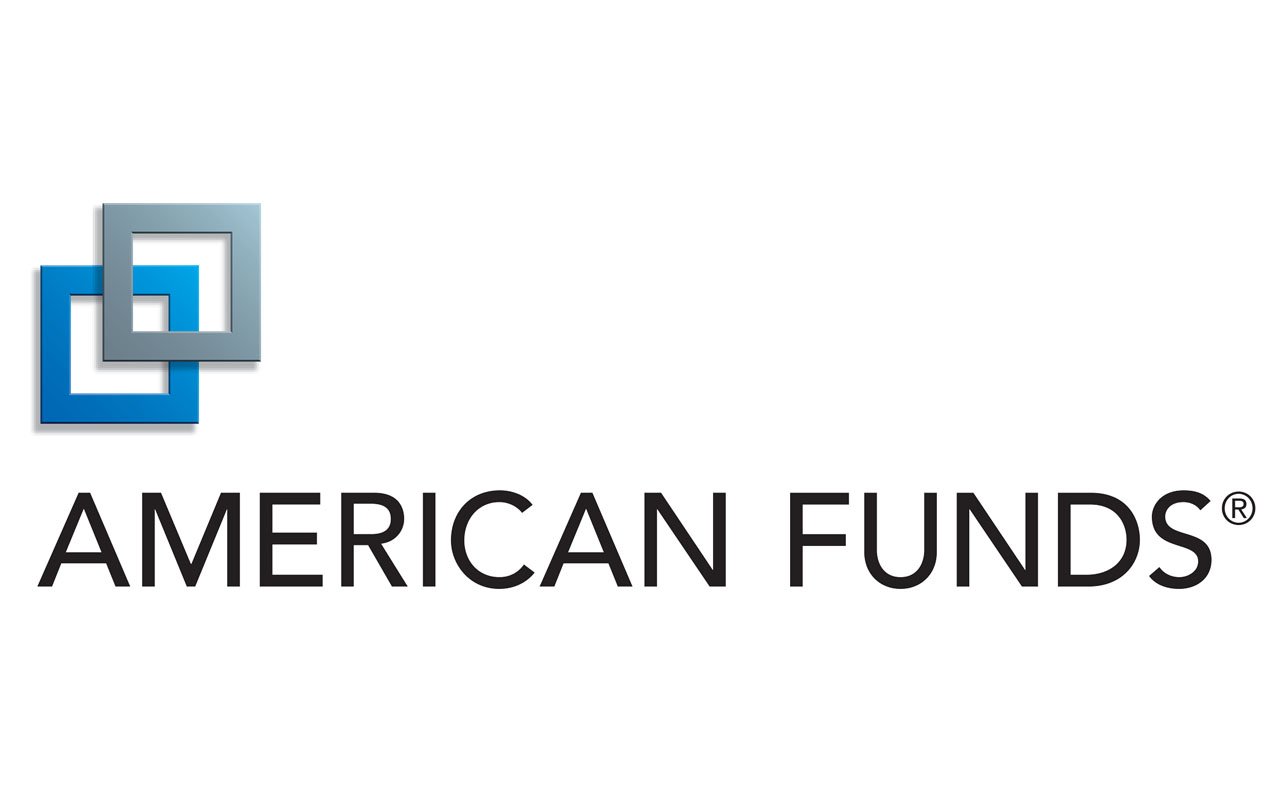
American Funds Washington Mutual F-1
- Ticker: WSHFX
- Expense ratio: 0.67%
- 2011 correction return: -14.9%
Eligibility rules for this fund’s portfolio are strict, rooted in fiduciary guidelines for trust accounts established in the aftermath of the Great Depression. The managers must invest at least 95% of assets in dividend-paying stocks. Those companies must have paid dividends in eight of the past 10 years and funded the payout with earnings rather than with debt in four of the past five.
The resulting portfolio, which seven managers oversee, tilts toward mega-size stocks that American calls “the bluest of the blue chips.” The fund’s devotion to quality has paid off during bear markets. Since its inception in 1952, the fund has outpaced the S&P 500 each time the broad-market benchmark has fallen by 15% or more, contributing to an annualized 11.9% return that bests the S&P by more than a percentage point per year. During the 2011 stock market correction, the fund’s 14.9% loss beat the S&P by 3.7 percentage points. Although certain share classes of American Funds come with a sales charge (or load), investors can purchase the F-1 shares with no load or transaction fee at online brokerages such as Charles Schwab and Fidelity.
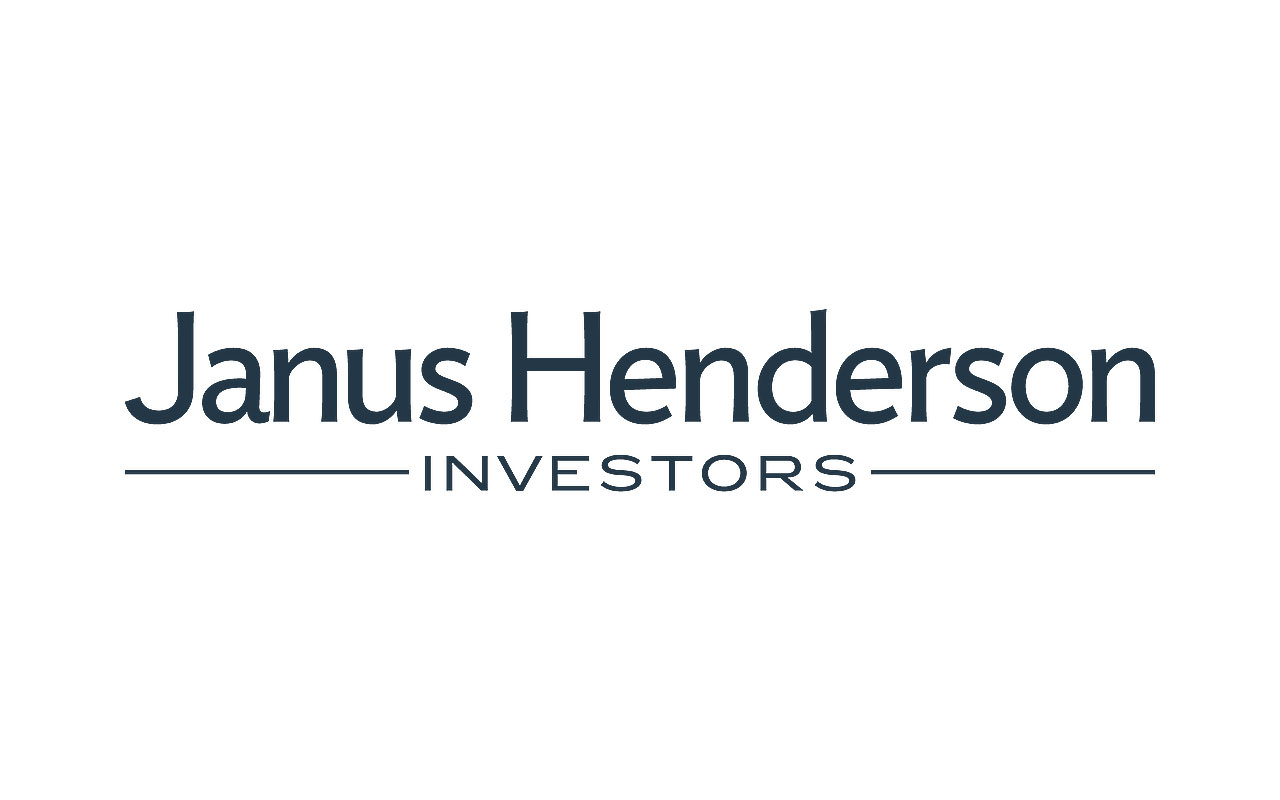
Janus Small Cap Value T
- Ticker: JSCVX
- Expense ratio: 1.13%
- 2011 correction return: -23.8%
Janus Small-Cap Value comanager Justin Tugman expects his fund to shine when markets get dreary. There haven’t been many rainy days since Tugman took the helm in 2009, but things have gone according to plan during the scattered showers. During the 2011 market downturn, for instance, the fund beat a 29.1% loss in the small-company Russell 2000 index by more than 5 percentage points. The fund’s 12.9% loss in the correction between late 2015 and early 2016 was 6.7 percentage points better than the bogey. That’s added up to an annualized return that has lagged the benchmark by two percentage points, on average, during Tugman’s bull-market tenure, but with 21% less volatility.
Chalk up the smooth ride to investments in firms with strong balance sheets, consistent earnings and free cash flow (cash profits left after capital outlays), and competitive advantages over peers. The managers assess worst-case scenarios for each stock before considering its potential advantages. Top holdings in the 84-stock portfolio include uniform maker Unifirst and egg producer Cal-Maine.
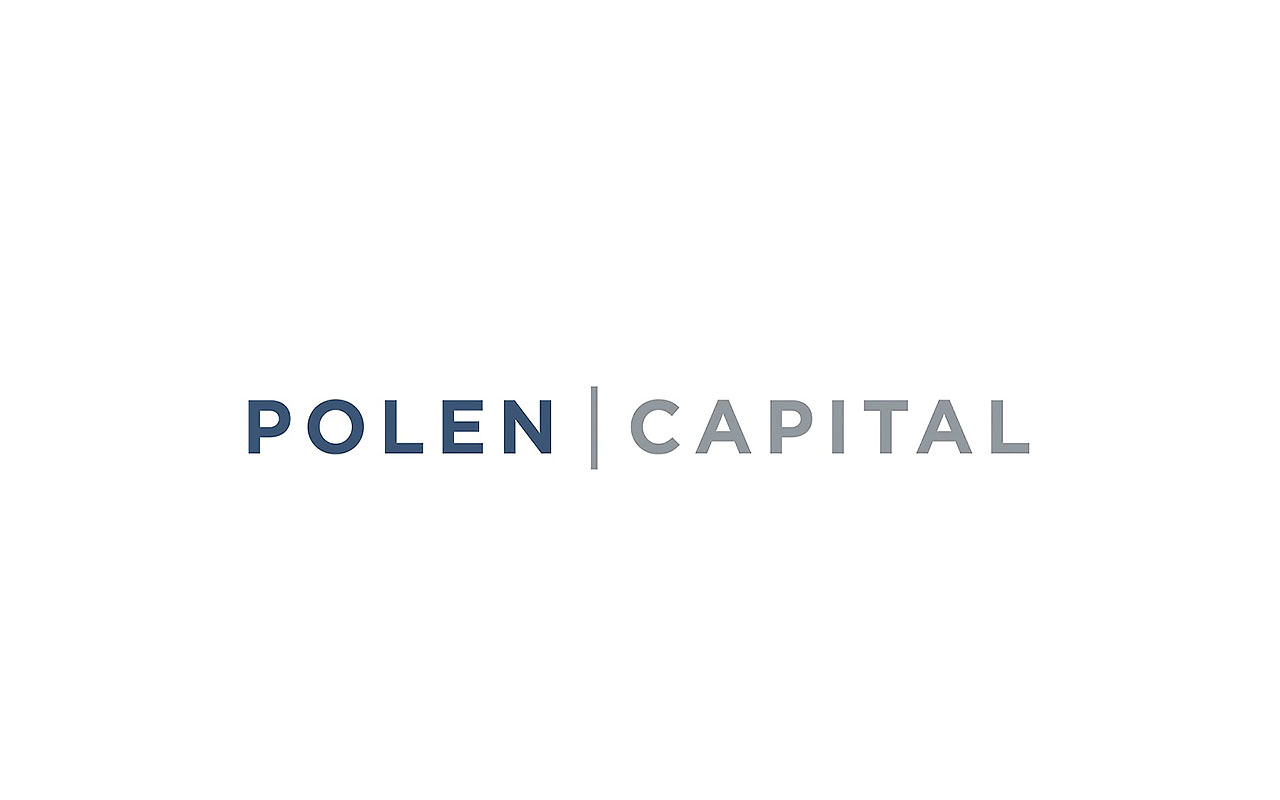
Polen Growth
- Ticker: POLRX
- Expense ratio: 1.25%
- 2011 correction return: -11.3%
Investors who maintain that diversification is key to mitigating risk may be surprised to find a fund that holds only 21 stocks on a list of down-market stars. But Polen Growth comanagers Daniel Davidowitz and Damon Ficklin seek to tame risk with quality, not quantity.
The pair consider only profitable companies with little or no debt, prodigious free cash flow, and healthy profit margins. They look for firms that can cash in on long-term trends—the way fund holdings Visa and Mastercard, for instance, are prospering from a growing consumer preference for digital payments. The fund’s devotion to steady rather than meteoric growers means it tends to lag in gangbuster markets but do well in choppy ones. For example, with the S&P 500 essentially flat since January, the fund has returned 4.2%.
Technically, the fund has no bear market history because it opened to the public in 2010. But Polen’s down-market bona fides stretch back nearly 30 years, when the portfolio was available to Polen Capital’s private clients. In 2008, when the S&P 500 declined by 37%, Polen investors lost only 27%.
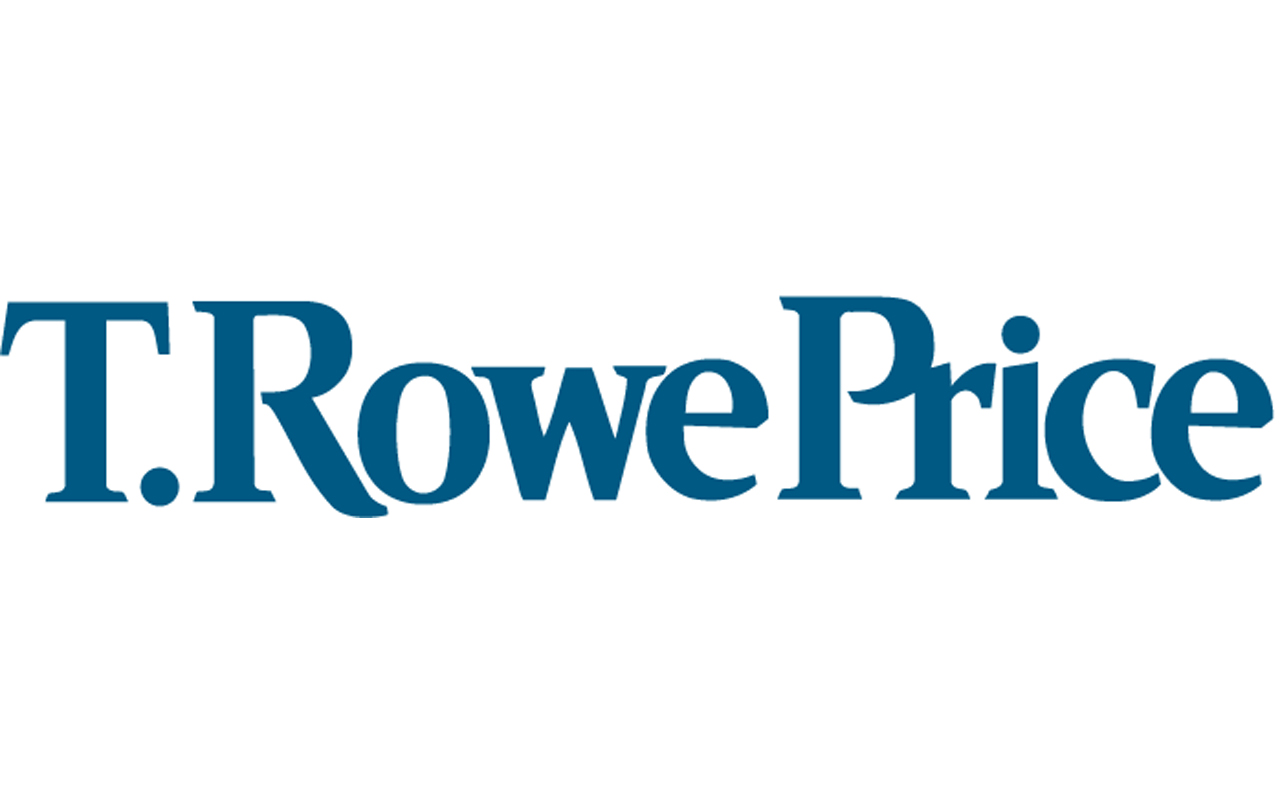
T. Rowe Price Dividend Growth
- Ticker: PRDGX
- Expense ratio: 0.64%
- 2011 correction return: -17.4%
As the name suggests, this fund invests in companies that can boost their dividends over time. Manager Tom Huber doesn’t chase fat payouts but looks for steady dividend growers. Such companies, he says, generate plenty of excess cash and come with executive teams who are savvy about allocating a company’s capital. Huber buys when company-specific or sector-wide issues temporarily depress a stock’s price, and he holds for the long term; the portfolio’s 16% annual turnover rate suggests an average holding period of 6.25 years.
Investors holding this fund, a member of the Kiplinger 25, should be patient, too. Since the beginning of the bull market in March 2009, it has lagged the S&P 500’s 18.7% annualized return by 1.2 percentage points, on average, due in part to the fund’s aversion to technology stocks. (Tech names account for 15.2% of fund assets, compared with 24.9% of the S&P 500.) But when the S&P 500 surrendered 12.7% from late 2015 to early 2016, the fund gave up 10.1%. When the index dipped 10.1% earlier this year, Dividend Growth gave up just 9.2%.
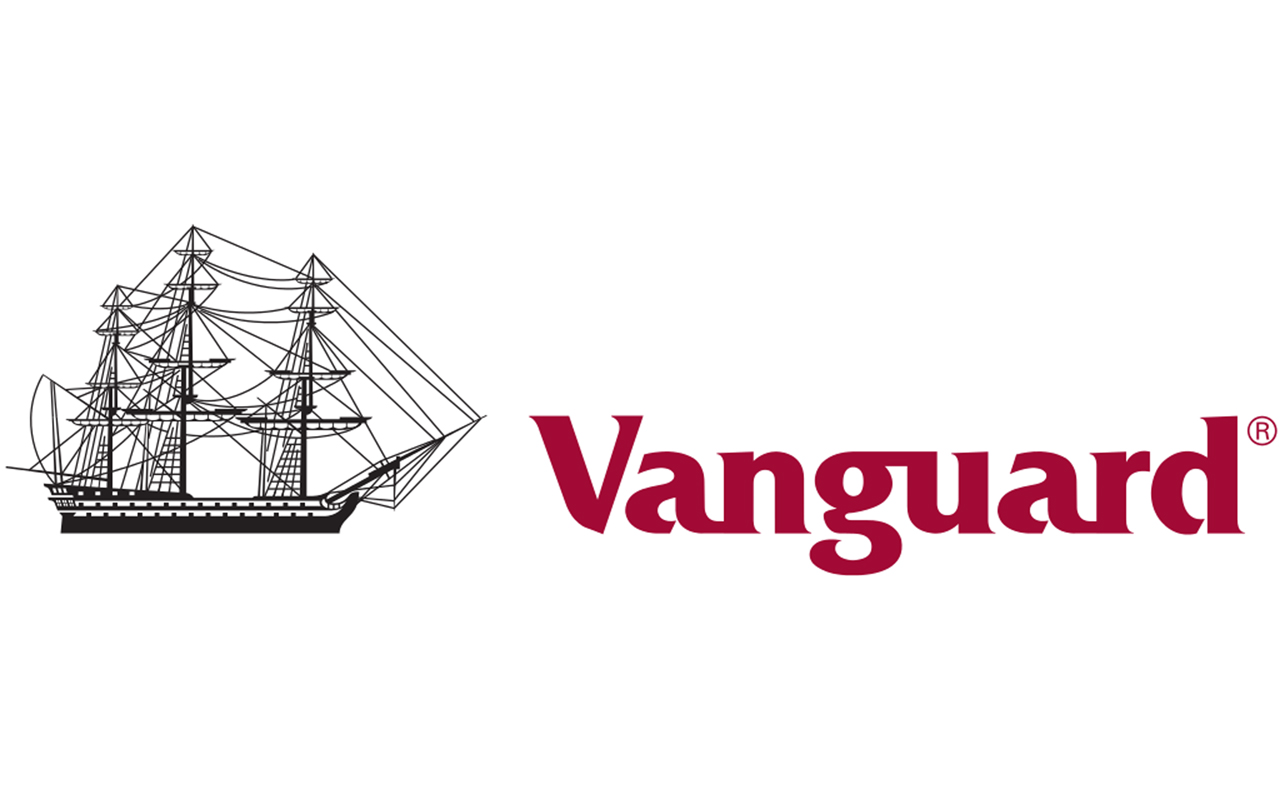
Vanguard Equity Income
- Ticker: VEIPX
- Expense ratio: 0.26%
- 2011 correction return: -14.2%
Another member of the Kip 25, Vanguard Equity Income benefits from two managerial teams with complementary styles. Wellington Management’s Michael Reckmeyer oversees two-thirds of the portfolio, and Vanguard’s quantitative equity group manages the rest. Each favors a different flavor of large, dividend-paying stocks. Reckmeyer hunts for companies that yield more than the average stock in the S&P 500 at the time of purchase, with balance sheets strong enough to sustain the dividend even in times of turmoil. A contrarian, he favors struggling stocks that have a potential catalyst (such as a managerial change) to bounce back.
Vanguard’s quant team selects stocks from the FTSE High Dividend Yield index of dividend-paying large-company stocks. Their computer models rate stocks based on criteria including steady earnings growth, strong balance sheets and positive Wall Street analyst sentiment. Firms with the best scores are given extra weight in the fund relative to their weight in the index. Low scorers are cut or dialed back.
The combined fund holds 193 stocks and sports a 2.7% dividend yield. Since 2007, it has returned an annualized 8.4%, roughly even with the S&P 500 and better than 96% of large-company value funds. During that stretch, the fund lost 87 cents for every $1 decline in the S&P 500.
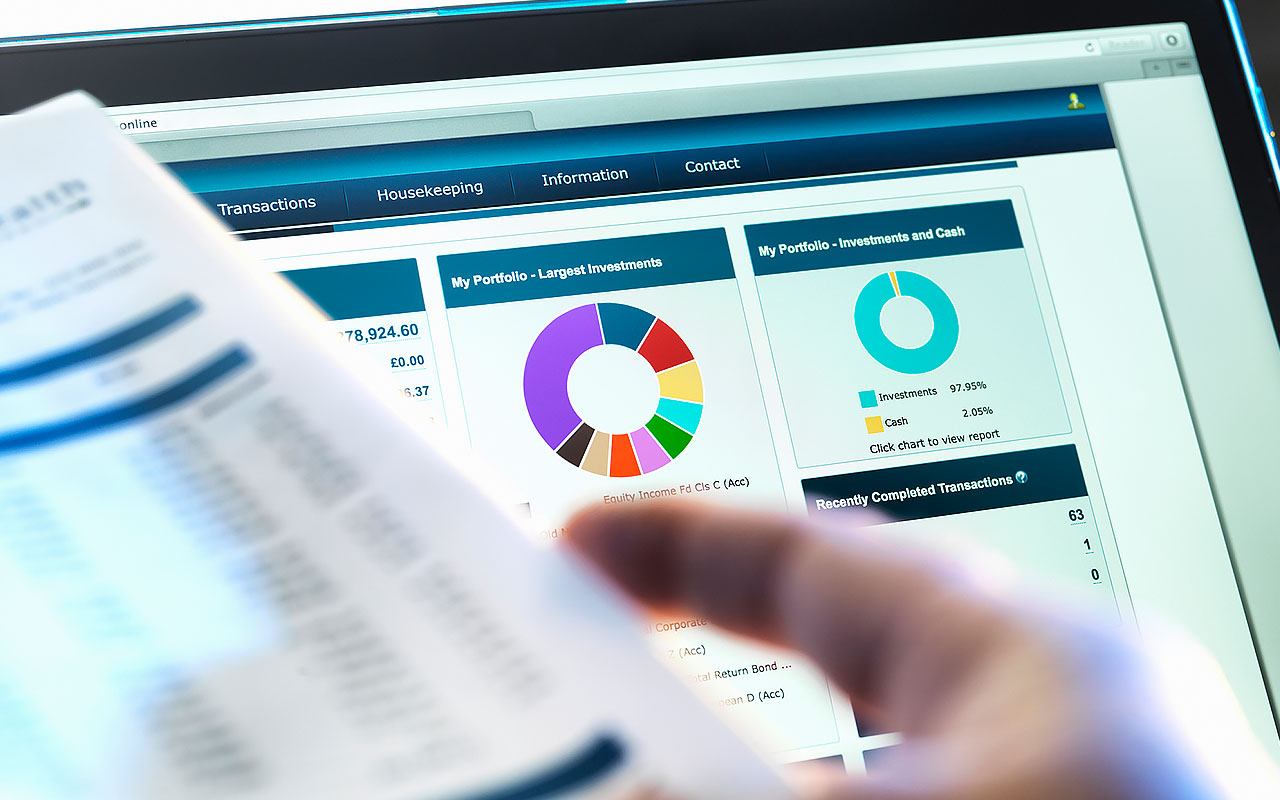
How Risky Is Your Fund?
No one knows exactly how a mutual fund will fare in a downturn, but these data points can give you a rough idea of how much risk your stock funds carry.
- Downside capture ratio. Expressed as a percentage, this measure shows how a mutual fund performed, on average, during periods of decline compared with a benchmark. A ratio of 100% means that a fund moved identically to the benchmark. A fund with a ratio of 110% lost 10% more than the index, on average. An 85% ratio implies that a fund lost 85 cents for every $1 decline in the index.
- Standard deviation. The higher a fund’s standard deviation, the more likely a fund’s month-to-month returns will deviate from its average monthly return. The 10-year standard deviation of the S&P 500 is 15.1. A mutual fund with a 10-year standard deviation of 10, then, is said to have been about one-third less volatile than the market over that time.
- Beta. A fund with a beta of 1 theoretically moves in lockstep with a benchmark. A beta of less than 1 means your fund is less volatile than the market.
Profit and prosper with the best of Kiplinger's advice on investing, taxes, retirement, personal finance and much more. Delivered daily. Enter your email in the box and click Sign Me Up.

Ryan joined Kiplinger in the fall of 2013. He wrote and fact-checked stories that appeared in Kiplinger's Personal Finance magazine and on Kiplinger.com. He previously interned for the CBS Evening News investigative team and worked as a copy editor and features columnist at the GW Hatchet. He holds a BA in English and creative writing from George Washington University.
-
 Is Home Insurance Tax Deductible?
Is Home Insurance Tax Deductible?With home insurance rates on the rise, you might be hoping to at least claim the cost as a tax deduction. Here's what you need to know ahead of tax season.
-
 The December Jobs Report Is Out. Here's What It Means for the Next Fed Meeting
The December Jobs Report Is Out. Here's What It Means for the Next Fed MeetingThe December jobs report signaled a sluggish labor market, but it's not weak enough for the Fed to cut rates later this month.
-
 Trump Signals Plan to Ban Institutional Investors From Buying Single-Family Homes
Trump Signals Plan to Ban Institutional Investors From Buying Single-Family HomesThe president says the move could improve housing affordability. Here’s what the data shows about investor ownership, recent buying trends and what it could mean for homebuyers.
-
 Nasdaq Takes a Hit as the Tech Trade Falters: Stock Market Today
Nasdaq Takes a Hit as the Tech Trade Falters: Stock Market TodayThe Dow Jones Industrial Average outperformed on strength in cyclical stocks.
-
 Dow Hits New High Then Falls 466 Points: Stock Market Today
Dow Hits New High Then Falls 466 Points: Stock Market TodayThe Nasdaq Composite, with a little help from tech's friends, rises to within 300 points of its own new all-time high.
-
 Dow, S&P 500 Rise to New Closing Highs: Stock Market Today
Dow, S&P 500 Rise to New Closing Highs: Stock Market TodayWill President Donald Trump match his Monroe Doctrine gambit with a new Marshall Plan for Venezuela?
-
 'Donroe Doctrine' Pumps Dow 594 Points: Stock Market Today
'Donroe Doctrine' Pumps Dow 594 Points: Stock Market TodayThe S&P 500 rallied but failed to turn the "Santa Claus Rally" indicator positive for 2026.
-
 Stocks Struggle for Gains to Start 2026: Stock Market Today
Stocks Struggle for Gains to Start 2026: Stock Market TodayIt's not quite the end of the world as we know it, but Warren Buffett is no longer the CEO of Berkshire Hathaway.
-
 Stocks End Volatile Year on a Down Note: Stock Market Today
Stocks End Volatile Year on a Down Note: Stock Market TodayAfter nearing bear-market territory in the spring, the main market indexes closed out the year with impressive gains.
-
 Stocks Extend Losing Streak After Fed Minutes: Stock Market Today
Stocks Extend Losing Streak After Fed Minutes: Stock Market TodayThe Santa Claus Rally is officially at risk after the S&P 500's third straight loss.
-
 Santa Claus Rally at Risk as Tech Stocks Slump: Stock Market Today
Santa Claus Rally at Risk as Tech Stocks Slump: Stock Market TodayThe Nasdaq Composite and Dow Jones Industrial Average led today's declines as investors took profits on high-flying tech stocks.
